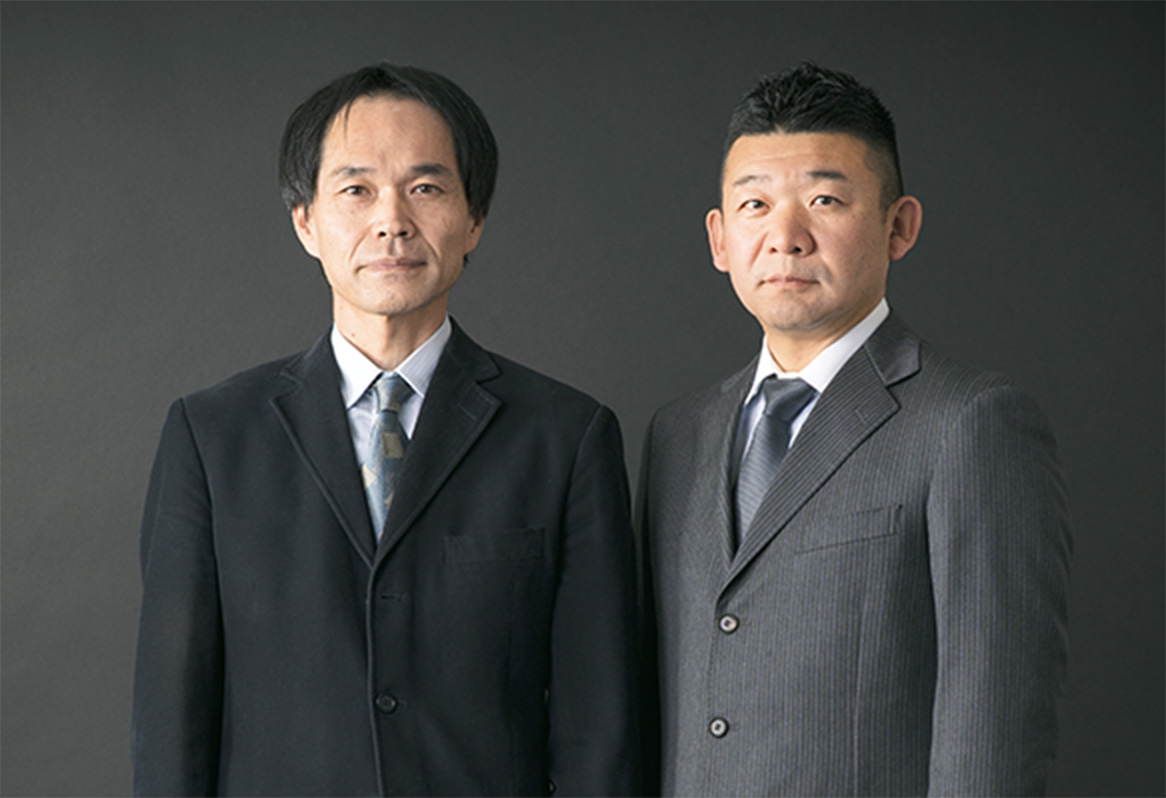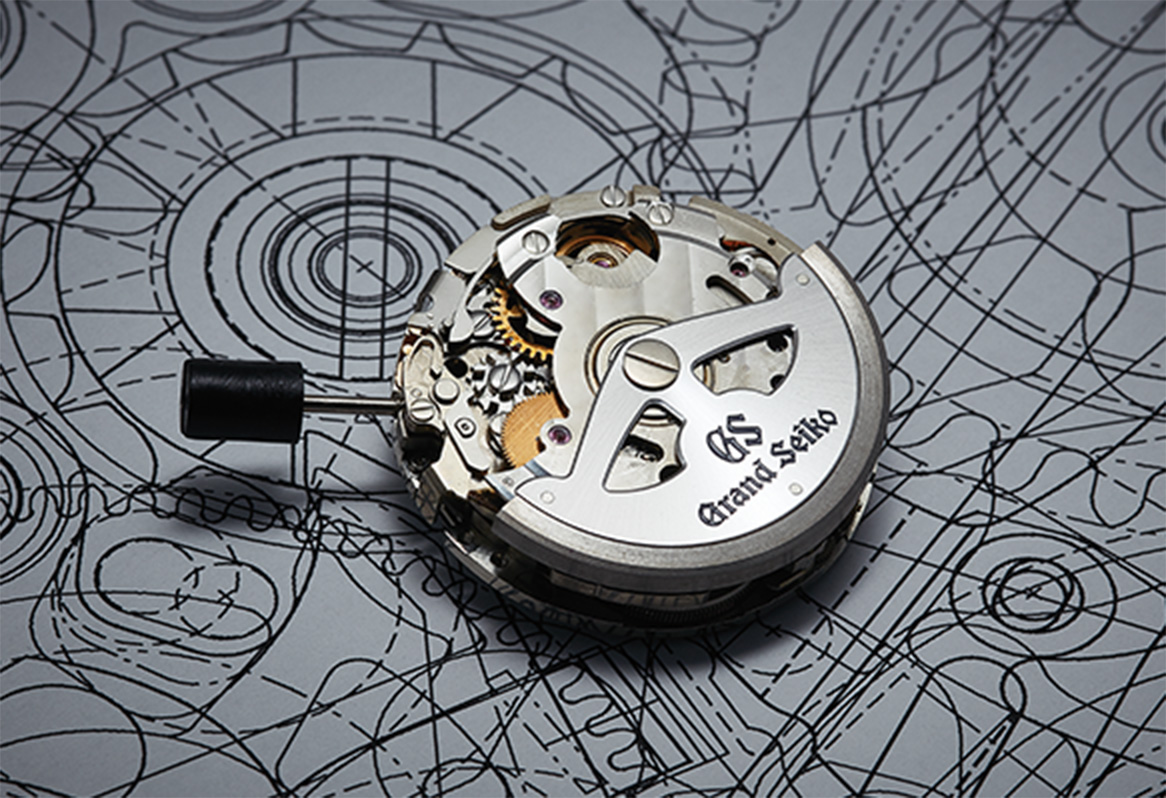Refining Spring Drive for Grand Seiko
Tatsuo Hara of Seiko’s Epson facility in Shiojiri had lived and breathed Spring Drive for two decades. From the birth of this new movement in 1997 to its introduction into Grand Seiko, Tatsuo Hara was deeply involved in the development of Spring Drive. His involvement continued after the launch of the first hand winding version and, in 2002, Hara was chosen to head the team that would try to take Spring Drive to the next level with an automatic winding movement.
The genius of Spring Drive lies in the fact that the unwinding of the mainspring not only moves the hands of the watch but also provides power to a tiny generator. The electrical power it creates activates an integrated circuit containing a quartz crystal that provides a precise timing signal and an electromagnetic brake which uses this signal to regulate the speed of the hands. This entirely new regulator eliminates the need for an escapement and provides Spring Drive with its unique signature, the glide motion seconds hands which sweeps gracefully, with no tick or stutter, around the dial, marking time as does Nature itself, continuously, smoothly and silently.

In the development of the new movement, which was to be exclusive to Grand Seiko and would be called 9R, Hara and his team had to address three challenges. First, it was decided that, to be worthy of Grand Seiko, the new movement should offer a power reserve of 72 hours, 24 more than the 1997 original. Second, it should be automatic winding, just like most of the Grand Seiko mechanical movements. Third, Caliber 9R should be designed to be a platform for future versions offering additional functions, notably a chronograph and a GMT hand. It was an ambitious agenda.
It would have been easy to increase the power reserve with a larger barrel but this would have compromised the slimness of the case. The team decided to find a way to achieve their aim with no notable change in the size of the barrel or change to the mainspring. This meant that the spring’s efficiency had to be raised by fifty percent. Because Hara had been involved with the first Spring Drive, he knew how high this hurdle was but, equally, his long experience showed him the way to clear it. If they could increase the efficiency of the gear train, the power loss through friction could be reduced, so the team’s craftsmen and women polished the grooves between the gear teeth one by one. It worked. The painstaking polishing of the gear teeth ensured that friction was minimized and that the power reserve met the 72 hour target.
The wealth of the company’s experience in traditional watchmaking also provided the solution to the challenge of the automatic winding mechanism. In 1959, Suwa Seikosha (today’s Seiko Epson) had developed an innovative but simple automatic winding mechanism they named the Magic Lever. Because of its compact size and efficiency, Hara and his team elected to use the Magic Lever, but they were initially only able to obtain results that fell far short of the goal. “There was no problem with the mechanism itself.” recalls Hara. “The reason was lifestyle changes. It seems that people move their arms much less than they used to.” So the team redesigned the Magic Lever itself so that it delivered even greater winding efficiency and met the standard that they had set for Grand Seiko’s Spring Drive.

Next on the agenda was the adaptation of the movement so that it could be a platform for further functionality. It was determined that the creation of a Spring Drive chronograph with a GMT hand should be the goal and a special team was assembled. The horological engineer in charge was Eiichi Hiraya.
Hiraya’s intention for what would be the first Grand Seiko chronograph was straight forward. He wanted “to make the world’s best chronograph, because only then would it be worthy of Grand Seiko.” He was able to set his sights so high because of the company’s already world-leading expertise in the measurement of elapsed time. As well as making a new generation of hand held stopwatches for the Tokyo Olympic Games, Suwa Seikosha had created Japan’s first mechanical chronograph watch in 1964 and the world’s first automatic winding chronograph with a vertical clutch in 1969.
